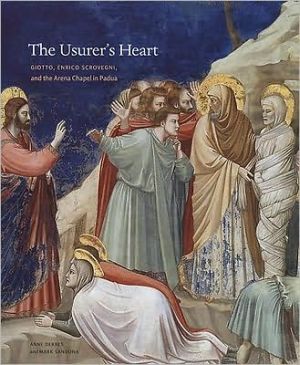

Most ebook files are in PDF format, so you can easily read them using various software such as Foxit Reader or directly on the Google Chrome browser.
Some ebook files are released by publishers in other formats such as .awz, .mobi, .epub, .fb2, etc. You may need to install specific software to read these formats on mobile/PC, such as Calibre.
Please read the tutorial at this link: https://ebookbell.com/faq
We offer FREE conversion to the popular formats you request; however, this may take some time. Therefore, right after payment, please email us, and we will try to provide the service as quickly as possible.
For some exceptional file formats or broken links (if any), please refrain from opening any disputes. Instead, email us first, and we will try to assist within a maximum of 6 hours.
EbookBell Team

4.7
36 reviews(No colors in this book, just black and white )
At the turn of the fourteenth century, Enrico Scrovegni constructed the most opulent palace that the city of Padua had seen, and he engaged the great Florentine painter, Giotto, to decorate the walls of his private chapel (1303–5). In that same decade, Dante consigned Enrico’s father, a notorious usurer, to the seventh circle of hell. The frescoes rank with Dante’s Divine Comedy as some of the great monuments of late medieval Italian culture, and yet much about the fresco program is incompletely understood.Most traditional studies of the Arena Chapel have examined the frescoes as individual compositions, largely divorced from their original context, almost as if they were panels detached from an altarpiece and hung on a museum wall for the viewing pleasure of the connoisseur. Anne Derbes and Mark Sandona, in contrast, consider each image as part of an intricate network of visual and theological associations comparable to that of Dante’s poem. The authors show how this remarkable ensemble of paintings offers complex meanings, meanings shaped by several interested parties―patron, confessor, and painter.
The Usurer’s Heart pieces together new historical evidence on the chapel’s origins and describes the fresco program as, in part, an attempt to ameliorate the Scrovegni family’s reputation. It interprets the chapel’s fresco program and the chapel’s place in the heart of an ambitious and guilt-ridden moneylender.